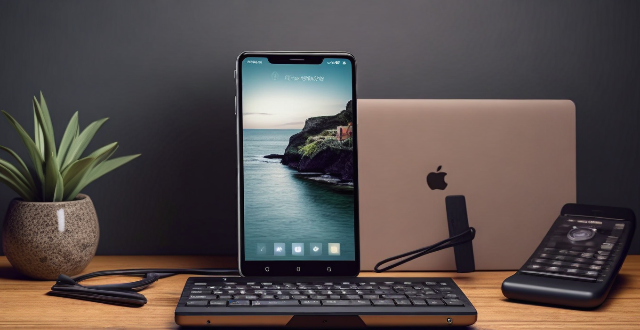The risks of using an outdated smartphone include security vulnerabilities due to lack of updates, increased susceptibility to malware, performance issues such as slow speeds and limited storage capacity, compatibility problems with apps and accessories, and difficulty in finding replacement parts. Upgrading to a newer model can provide better security, improved performance, and access to the latest features and apps.

What are the Risks of Using an Outdated Smartphone?
Using an outdated smartphone can pose several risks and drawbacks. Here are some of the key concerns:
Security Vulnerabilities
Lack of Updates
- Outdated Operating System: Older smartphones often run on outdated operating systems, which may no longer receive security patches or updates. This makes them more susceptible to cyber threats and hacking attempts.
- Unsupported Apps: Many app developers stop supporting older versions of their apps, leaving users with potential security vulnerabilities in these applications.
Malware Exposure
- Increased Susceptibility to Malware: Outdated devices may have unpatched vulnerabilities that malware can exploit to gain access to the device and its data.
- Lack of Antivirus Protection: Modern antivirus software may not be compatible with older devices, leaving them without adequate protection against malicious software.
Performance Issues
Slow Speeds
- Outdated Hardware: Older smartphones often have slower processors and less RAM, leading to sluggish performance and longer load times for apps and websites.
- Reduced Battery Life: As batteries age and technology advances, outdated smartphones may experience significantly reduced battery life, requiring more frequent charging.
Limited Storage Capacity
- Insufficient Storage Space: Older devices typically come with less internal storage, making it difficult to install new apps or store large files like photos and videos.
- No Support for Cloud Services: Some outdated smartphones may not support modern cloud storage services, limiting the options for backing up and syncing data across devices.
Compatibility Problems
Incompatible Apps and Features
- App Incompatibilities: Many newer apps require recent versions of operating systems, meaning they won't work on outdated smartphones.
- Missing Features: Modern smartphones come equipped with features like NFC, fingerprint scanners, and high-quality cameras, which are absent in older models.
Difficulty in Finding Accessories
- Scarce Accessory Availability: As time passes, it becomes harder to find accessories like cases, screen protectors, and replacement parts for older smartphone models.
- Compatibility Issues: Even if accessories are available, there might be compatibility issues due to design changes in newer smartphones.
Conclusion
While using an outdated smartphone might seem cost-effective initially, it brings along numerous risks ranging from security vulnerabilities to performance issues and compatibility problems. Upgrading to a newer model ensures better security, improved performance, and access to the latest features and apps.